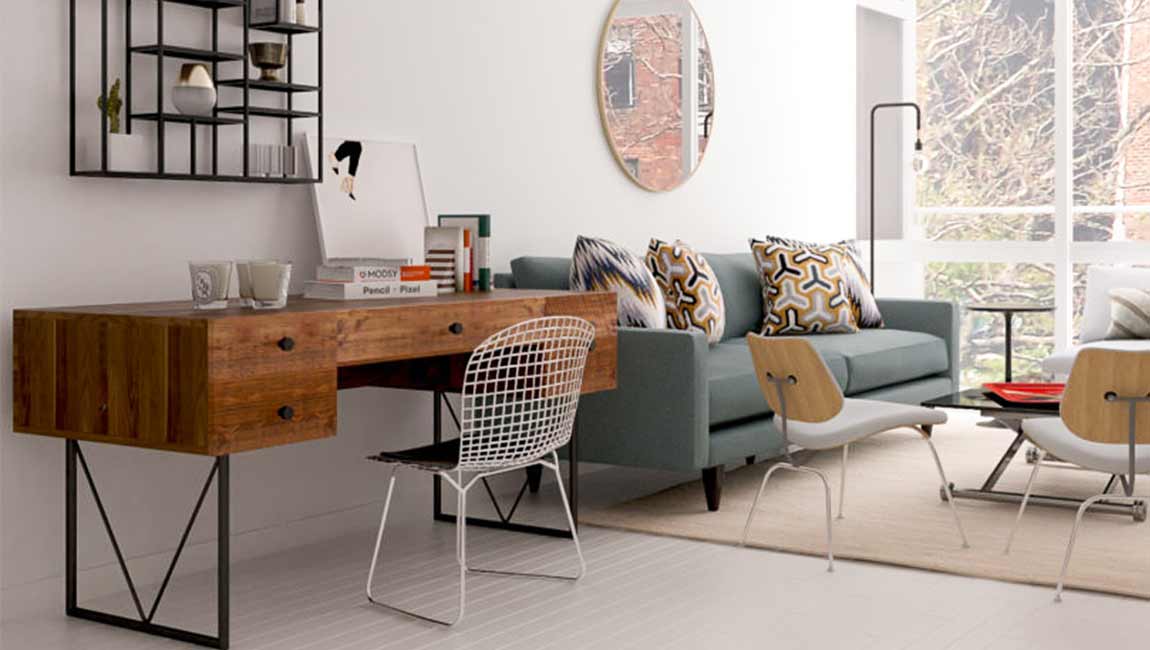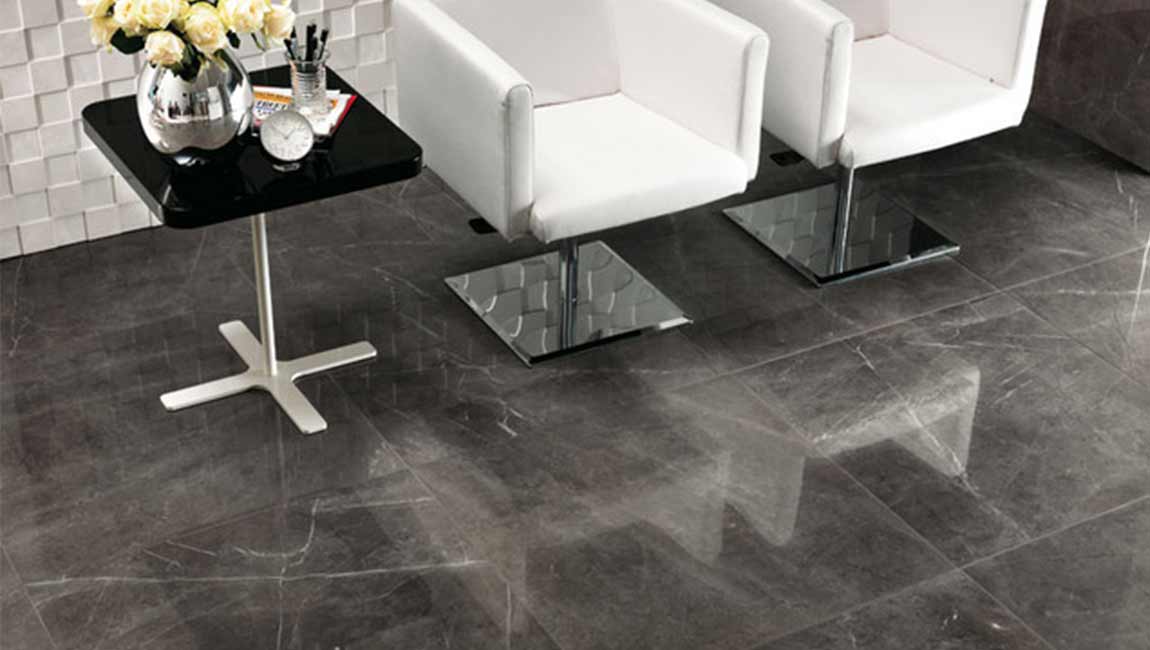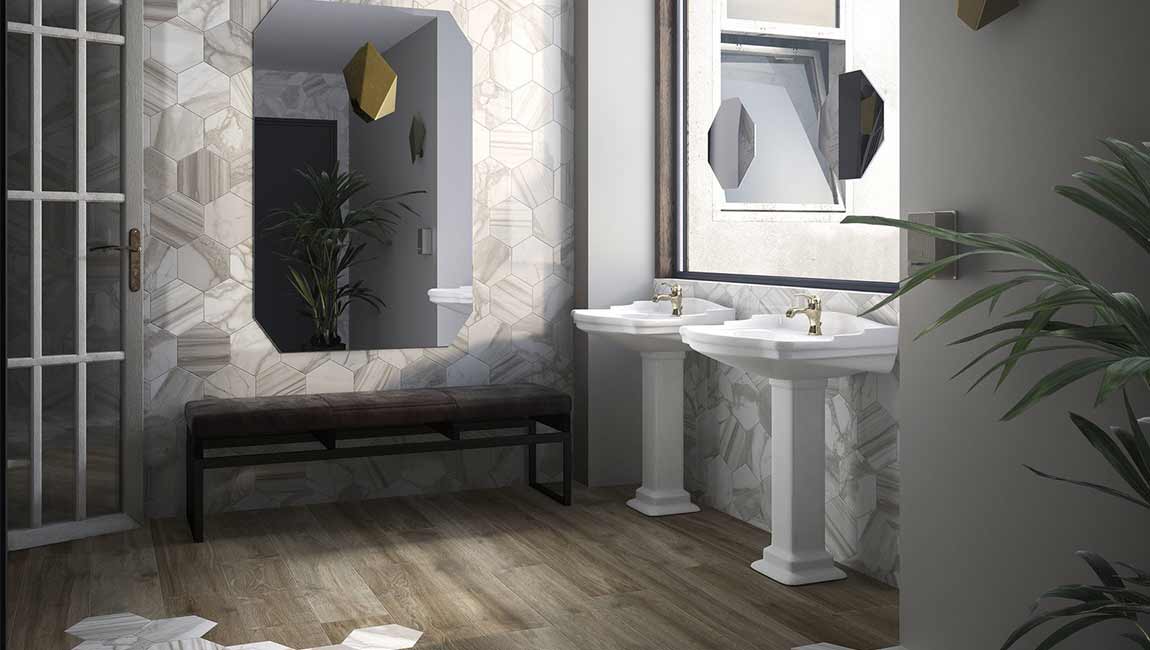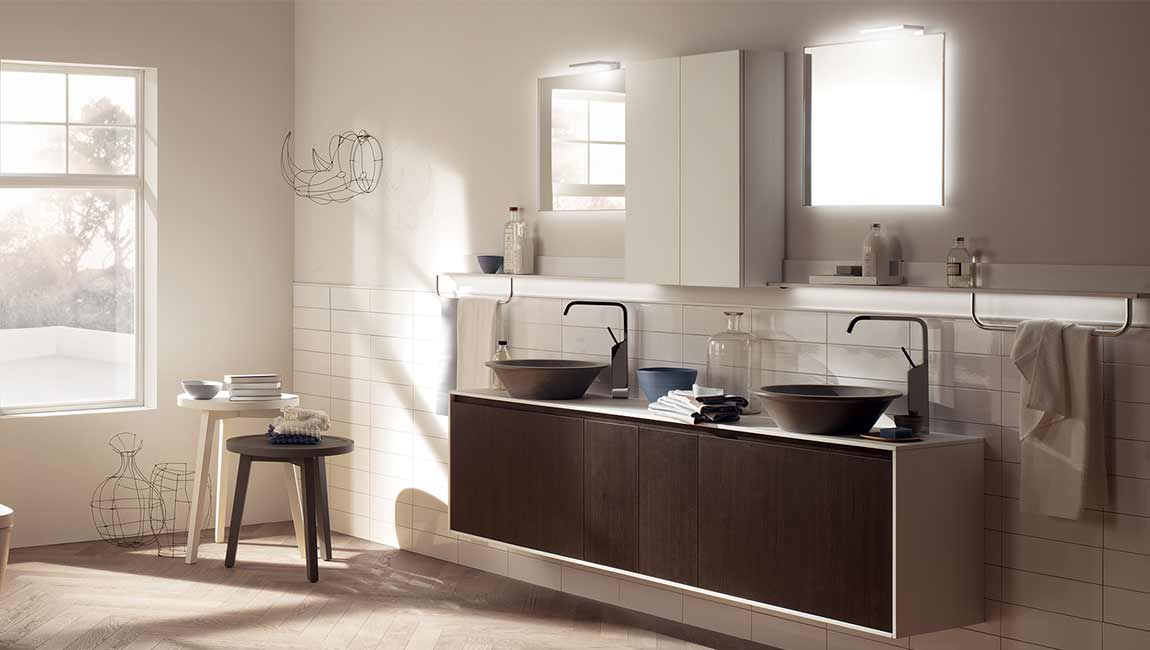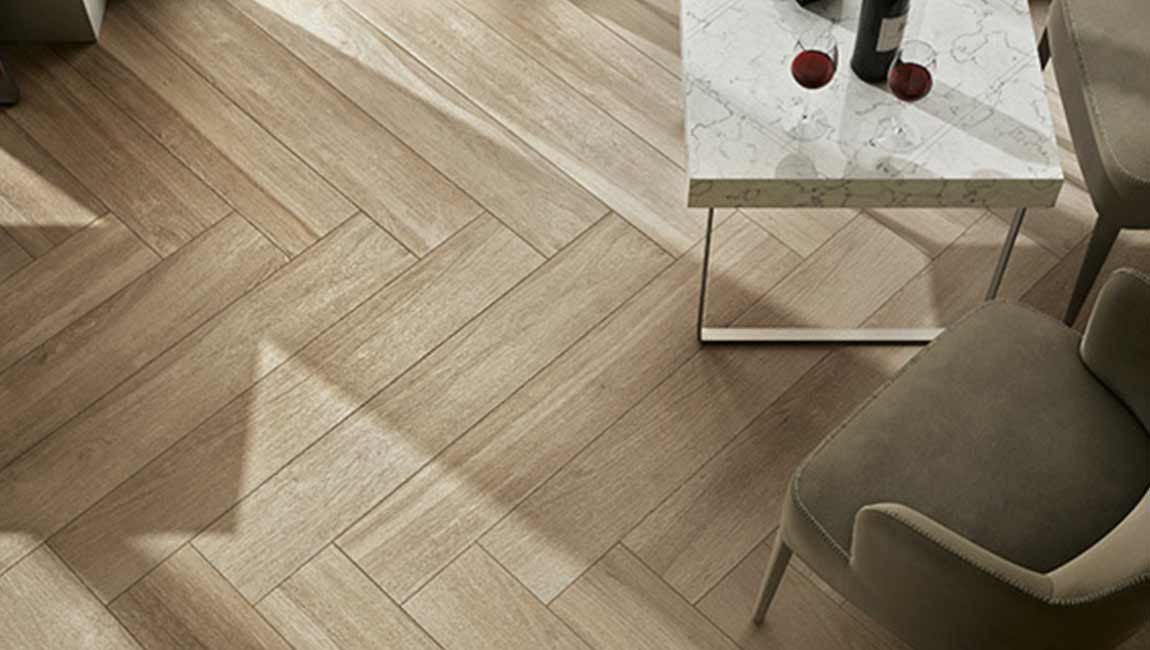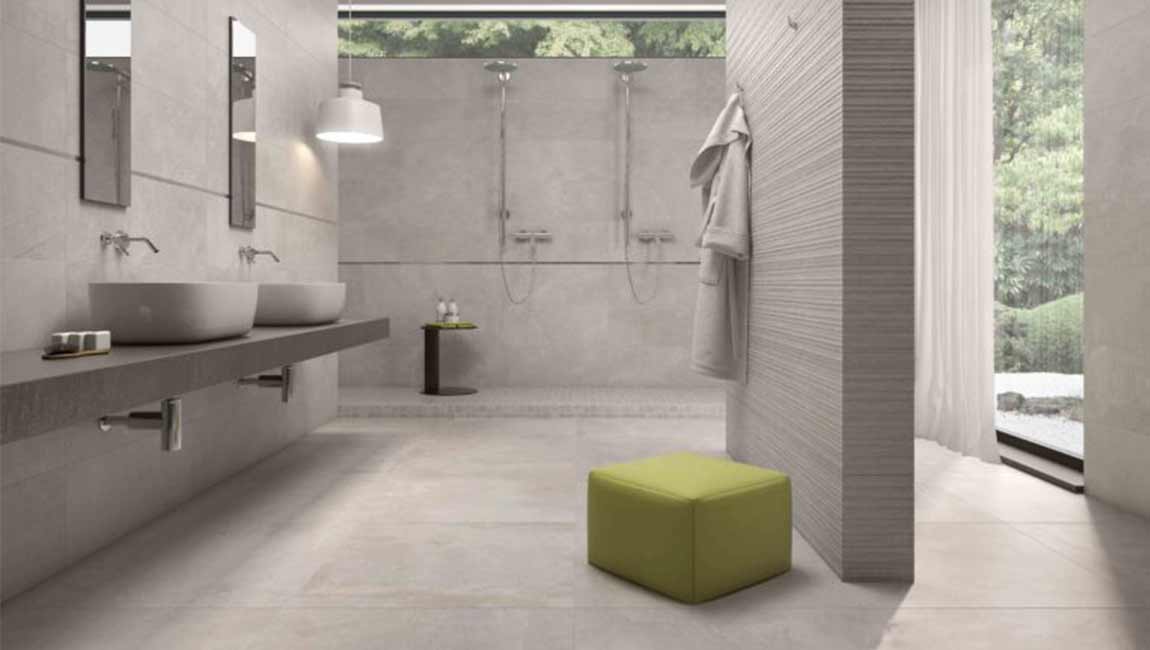How to Shopping for Your Floor Tiles?
Shop in store or online. If you want to shop in person, you can visit a home improvement store or a flooring store. You can also source your tiles online. Shopping in person is a great idea because you can see the tiles in person to verify what the color or design looks like. Both options should provide you with samples of the floor tiles you’re considering, so don’t hesitate to ask.
Measure your floor so that you can estimate cost. Knowing how many square feet you need to cover will help you narrow down your choices. Use your measurements to see how many of each tile you would need, then add up the costs to make sure they’re within your budget. If you’re shopping in the store, an employee can help you determine how many wood marble tiles you would need for the space you’re tiling.
Bring photos and swatches of your room’s decor when shopping. It’s hard to determine what the wood tiles will look like in your home, but you can help yourself by bringing items from your home. This could include a photo, a paint swatch, a fabric swatch, or even a piece of your decor that you want to match.
Compare the items from your home to the tiles to see how they look. Bring your partner or a friend for a second opinion. Get samples of the tiles to get an idea of how they’ll look in your home. You can also bring the marble tiles into your home by getting a sample. These are usually available for free or for a low cost. You can request samples from a store or from companies online. Getting a sample can save you from buying a bathroom tile that doesn’t work in your home.
Choose tiles that are rated for use on floors. Tiles design are rated for durability using a rating system called the PEI scale. They can be rated from Class 1 through 5. Floor tiles should be at least a Class 2, but it’s a good idea to choose one that is a Class 3 or higher to ensure that the tile won’t be easily damaged by normal use. Lower rated tiles are better for use on walls or counters.








